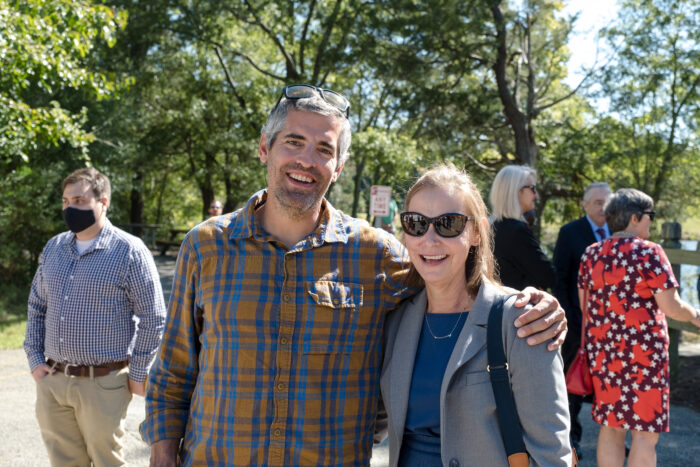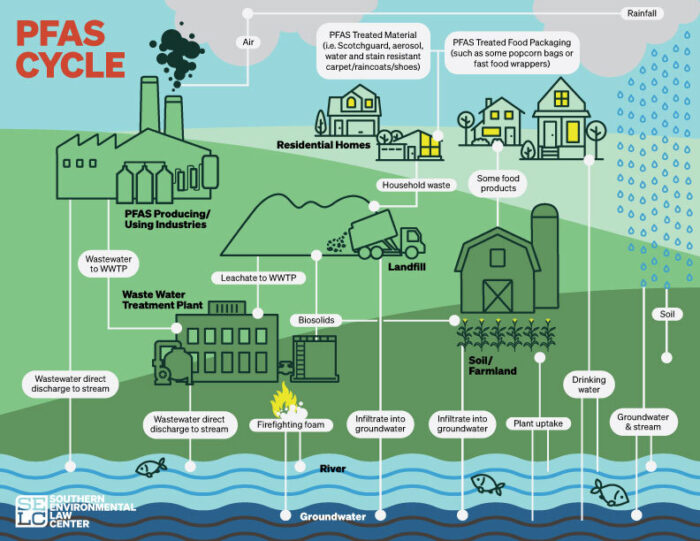SELC’s work shapes EPA plan for ‘forever chemicals’ like PFAS
Environmental Protection Agency Administrator Michael Regan stood on the shores of Lake Raleigh in North Carolina’s capital city to announce the agency’s plan to set strong federal standards for a suite of man-made chemicals. This plan takes the lessons learned in North Carolina and translates them to a nationwide approach that mobilizes federal organizations to start filling in important gaps while using laws already on the books to stop pollution at its source.

Regan’s choice to return to where he was head of the state environmental agency until being named to head the U.S. Environmental Protection Agency under the Biden administration, was no accident. He was only a few months into his tenure leading the North Carolina Department of Environmental Quality when, in 2017, he began to see firsthand the impact of the chemical GenX on communities along the Cape Fear River.
Tests had shown high levels of the chemical used to make non-stick products, and known to cause cancer and other health problems, in drinking water sources for some 300,000 North Carolinians. Kemp Burdette of Cape Fear River Watch reached out to SELC for help sorting through what the findings meant and the legal options to hold the manufacturer, Chemours, responsible for the pollution spilling off of their factory. The pollution was traveling from the plant in Fayetteville all the way down to the City of Wilmington and beyond.
Using tactics learned through our earlier work to clean up and close leaking coal ash pits, SELC took legal action. One filing sought to get the state agency to use its existing authority under the law to require Chemours to immediately stop all releases of PFAS. SELC also filed suit in federal district court against Chemours for the company’s violations of the Clean Water Act and the Toxic Substances Control Act.

After extensive negotiation, we reached a legally binding consent order with Chemours and the North Carolina Department of Environmental Quality to remove 99 percent of the PFAS leaving the site through streams, groundwater, and air emissions. In the process, our attorneys learned a lot about what laws work to rein in this kind of pollution, and where there are gaps. One of the biggest gaps was the lack of enforcement of basic requirements under the federal Clean Water Act—that dischargers must disclose and take responsibility for their PFAS pollution.
Over SELC’s years of litigation and engagement (view a detailed timeline here), we dug into countless hours of research, worked with affected residents and partners, submitted stacks of comments, met with numerous stakeholders, and reminded officials of the powers already granted by existing law to control this pollution.
A look at EPA’s roadmap for PFAS reaffirms our approach to keeping PFAS out of our streams and rivers, and stopping pollution that harms families and communities. In the plan, the EPA recognizes that state agencies have the authority to stop discharges of PFAS at the source under the Clean Water Act, and the obligation to act. Now we’ll be working with EPA to help ensure they build the strongest protections possible.
